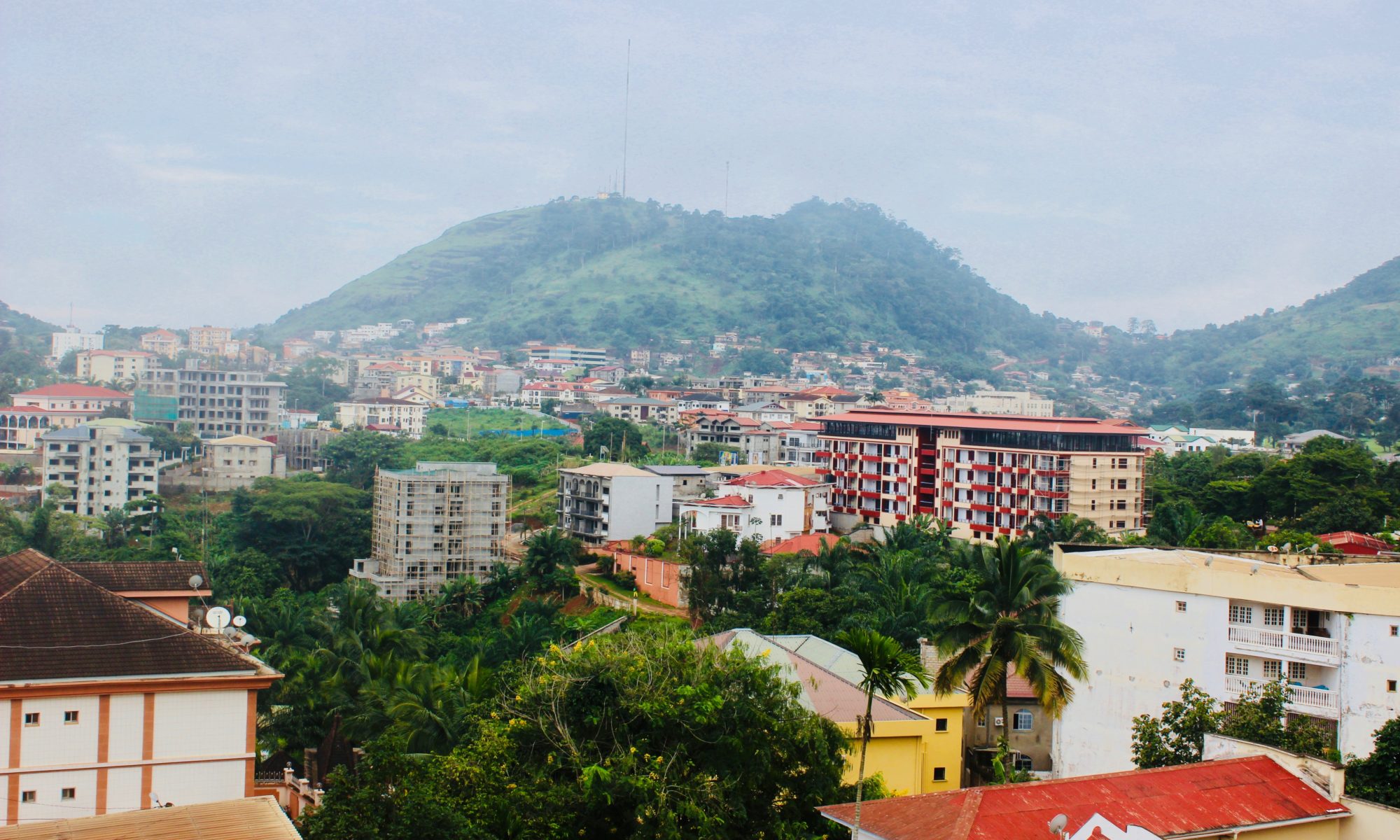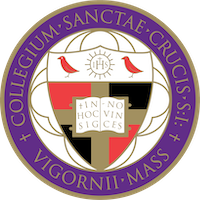We just got back after a week spent exploring the South, West and Littoral parts of Cameroon. We have been living in Central Cameroon, so it was amazing to see the diversity in culture, people, language and climate that the rest of Cameroon holds. The country is said to be a “Miniature Africa” with everything from desert in the North, to mountains and jungle in the West, to grasslands, to ocean. We spent a PACKED week travelling by car and jumping in and out of cities and villages to try and cram in the most learning as possible. We started at 4:30am on Friday morning (gotta avoid that workday traffic), and stopped so that our Muslim driver could pray in an empty parking lot in the dark. Drivers, called “chauffeurs” in French, are absolutely necessary when renting a car as we did. Rental companies don’t rent cars without drivers, as there have been too many cases of people driving off, never to be seen again. Our driver, Abdul, was super friendly and funny so we enjoyed chatting with him in the car or over meals.
First stop was the village of La Reine Blanche (The White Queen), which is in the West near a town called Banganté. Njike Claude Bergeret met us outside her tiny hut, standing barefoot in the dust. She showed us around her house which is a circular room with her bed, a table where she eats meals and teaches the village children, a couch and bookshelves. Outside is her outhouse. We sat down to talk with her and to ask her any questions we had about her way of life. She is an incredibly inspiring, interesting and strong-willed woman who has written several books in French and who has been living in Cameroon for over 40 years now. She was born there to French Missionaries, but she grew up in France. She became disillusioned with the Catholic church and so left her religion at 16. She moved back to Cameroon and fell in love with a local chief, becoming his 26th wife. This was a shock to everyone as there had never been a white woman who willingly decided to join a polygamous Cameroonian family. The chief died after 9 years and Claude chose not to re-marry, instead she built her own village from scratch and now teaches all the village children; the only formal schooling many of them will ever know. She gave us a tour of her vast plantation behind the village where she grows literally every fruit and vegetable I had ever heard of from avocados, to plantains, to peanuts, to pineapples. She lives entirely off the land, making her own bread, jam, honey, even chocolate. The rest she sends into the town to be sold. She struck me as someone fiercely independent, self-reliant and strong enough to resist the media attention she has been given over the past years. She has been offered large houses, financial support and more, but has always refused as she believes she has all she needs to live and to be happy.
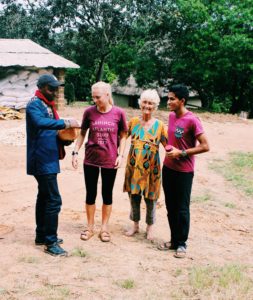
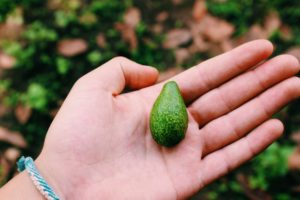
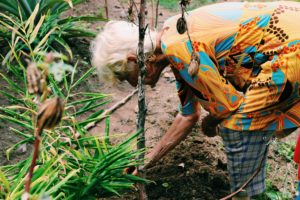
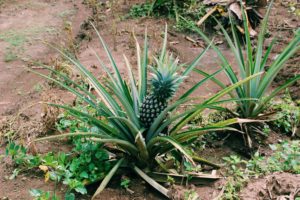
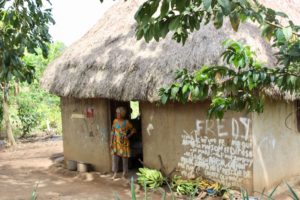
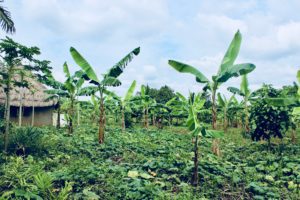
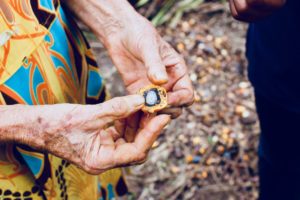
After spending time with La Reine Blanche, we went to visit the Chefferie Batoufam, or the Batoufam Chiefdom. The chief was at a funeral celebration (November is the month of funerals here and funerals take place whenever the family has enough money to organize them, so it can be many years after the person’s death). We explored his kingdom with his cook as our guide. The buildings are intricately decorated with paintings, wooden carvings and metal weapons that all have specific meanings and significance to the chief. Interestingly, the kingdom is built on a hill so as you enter it, the different rooms have doors that get smaller and smaller which was to make it difficult for enemies to rush through. We hung out with the chief’s pet monkey, Arthur, who was very friendly and proceeded to immediately groom me and climb all over us.
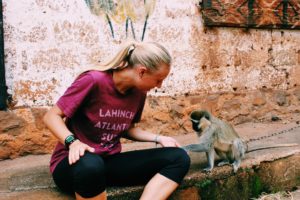
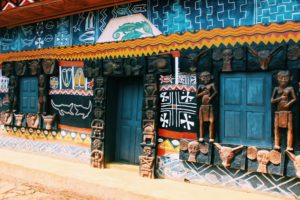
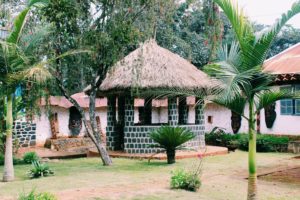
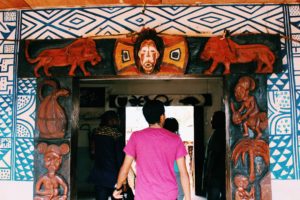
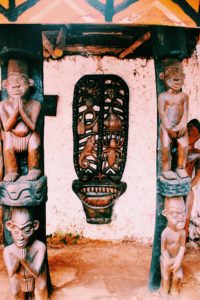
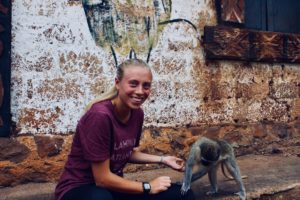
That night, we ate dinner at a tiny restaurant near our hotel where a girl at least as young as me ran the whole show, cooking and dishing out food in the pitch black after the electricity went out across the city. I am consistently amazed by many of the young people I see here who do jobs that in Europe and the U.S. are only for adults.
Day two we met the King of Bangoulap, a chief who has 8 wives and 20 children. We got to pick his brains on everything from local politics, to his relationship with the state government, to his opinions on modern religion. It was interesting to hear the ways in which some catholic missions of the past have destroyed local traditions, causing kingdoms like this one to have very negative, bitter feelings towards Catholicism in general. We had to do a special hand gesture in greeting, as you don’t shake a chief’s hand, and couldn’t cross our legs when sitting as it is a sign of disrespect. He was very welcoming of us and all our weird questions (like “Do you consider yourself to have magical powers?” His answer was yes.)
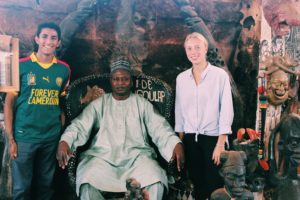
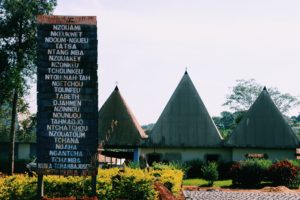
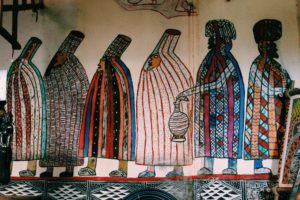
From there we went to Bangam for a traditional funeral. Funerals here are a BIG deal so they can have hundreds of people in attendance. We took part in one of the dances which was to ask the local chief for permission to hold the funeral on his land. It was lots of chanting, playing the tam-tam (or drum) and admiring the costumes of the important people who wore vibrant, red parrot feathers and carried long whips made of horse tails. We watched another dance which involved frightening masks, playing an instrument much like a xylophone and shuffling in the dust with hollow nuts attached at the ankles. We also had to go up and put money on top of someone’s head during the ceremony. Less festive, for me at least, was watching the pig slaughtering. We were told it was essential to see, so we watched as they blessed the big and each other, sacrificing it in the name of the person who had died. However, the sacrifice itself was not quick, nor was it in any way painless as it is important that the animal bleeds, which made it hard to sit through. That was done a total of ten times throughout the funeral. At least you can be sure all the meat was eaten. Another interesting “tradition” to do with funerals, that kept us and our professors cracking up all through lunch, was the sneaking of food. Many Cameroonians attend funerals with the intention of stocking up on food so they don’t have to cook for the coming week, until the next funeral. So, during lunch, women were slipping meat, plantains and bread into their handbags, along with entire bottles of wine. A physical fight broke out over the party favors; bags filled with…you guessed it, more food. This was a sight to behold.
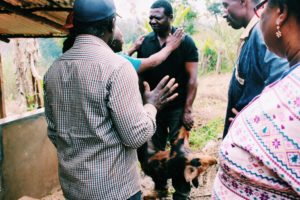
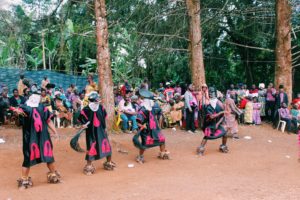
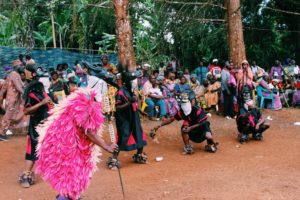
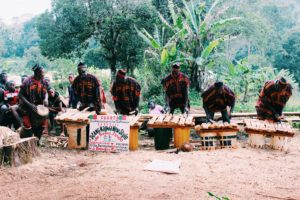
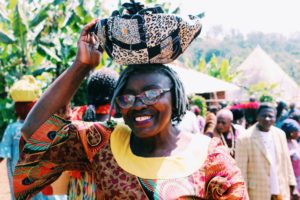
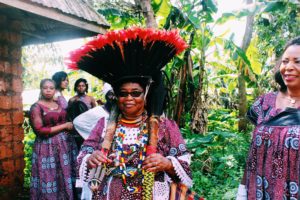
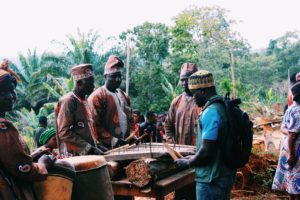

Day three we stopped at a tiny café which serves locally-grown coffee. The coffee here is always served the same way: black with loads of local honey and lemon. We headed to Foumban, the village of the Bamoun people where we visited a museum shaped like the Bamoun symbol: a spider (symbolizing hard work) in the middle of a double-headed snake. We enjoyed stopping along the way at some of the many toll stops where the car is bombarded by people trying to sell everything under the sun and where a spiked metal pole is lowered if you try to drive through without paying. I tried sugar cane for the first time (AMAZING), ate crispy roasted corn, grilled plantain and grilled beef coated in spices. We stopped at the Metche Waterfall, a sacred and historic site. It was stunning, especially with a perfect rainbow over it and we watched as Cameroonians made sacrifices on the rock overlooking it, in the names of their relatives who had been killed as punishment by French colonists at that very spot. We finished the day with a visit to the Dschang museum and went for a kayak on the lake.
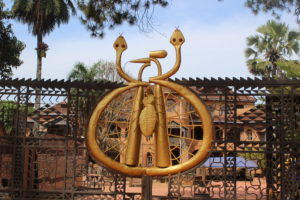
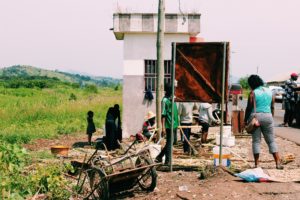
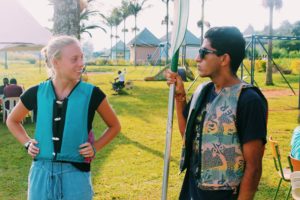

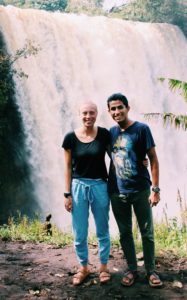
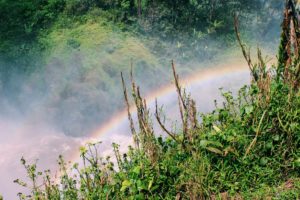
Stay tuned for part two of our incredible trip!

